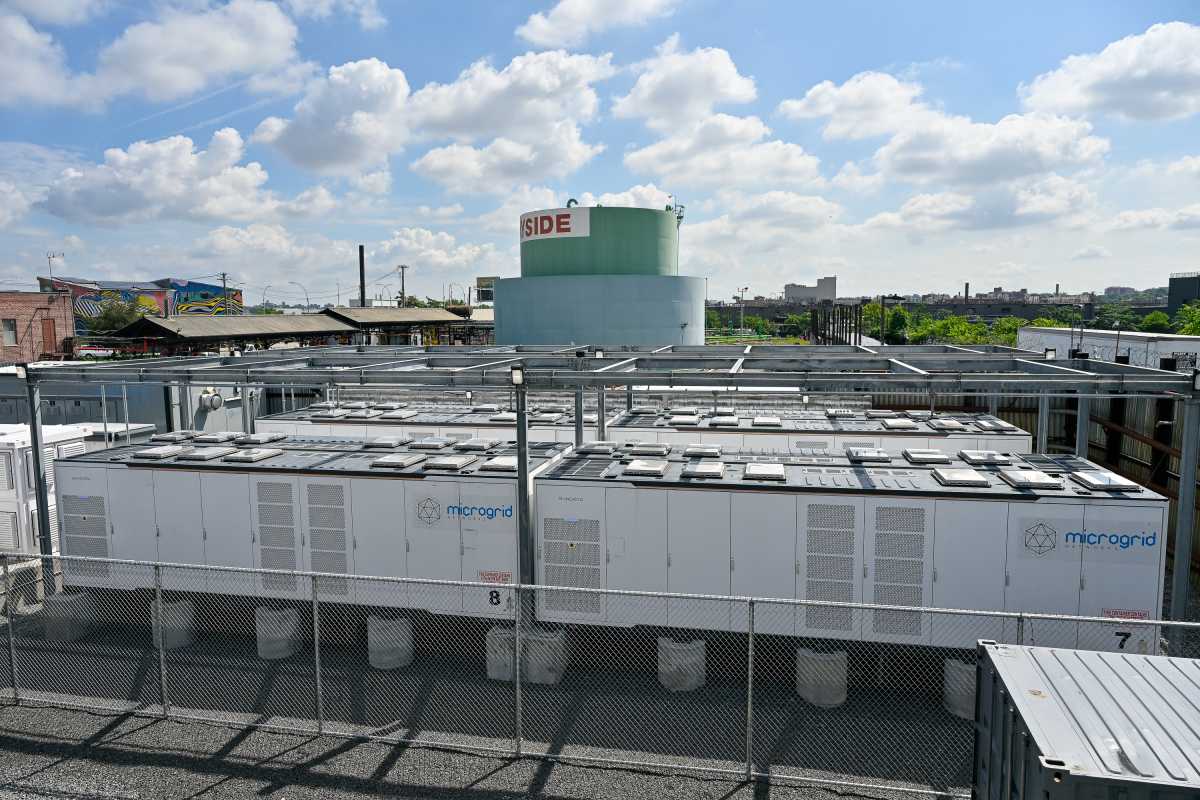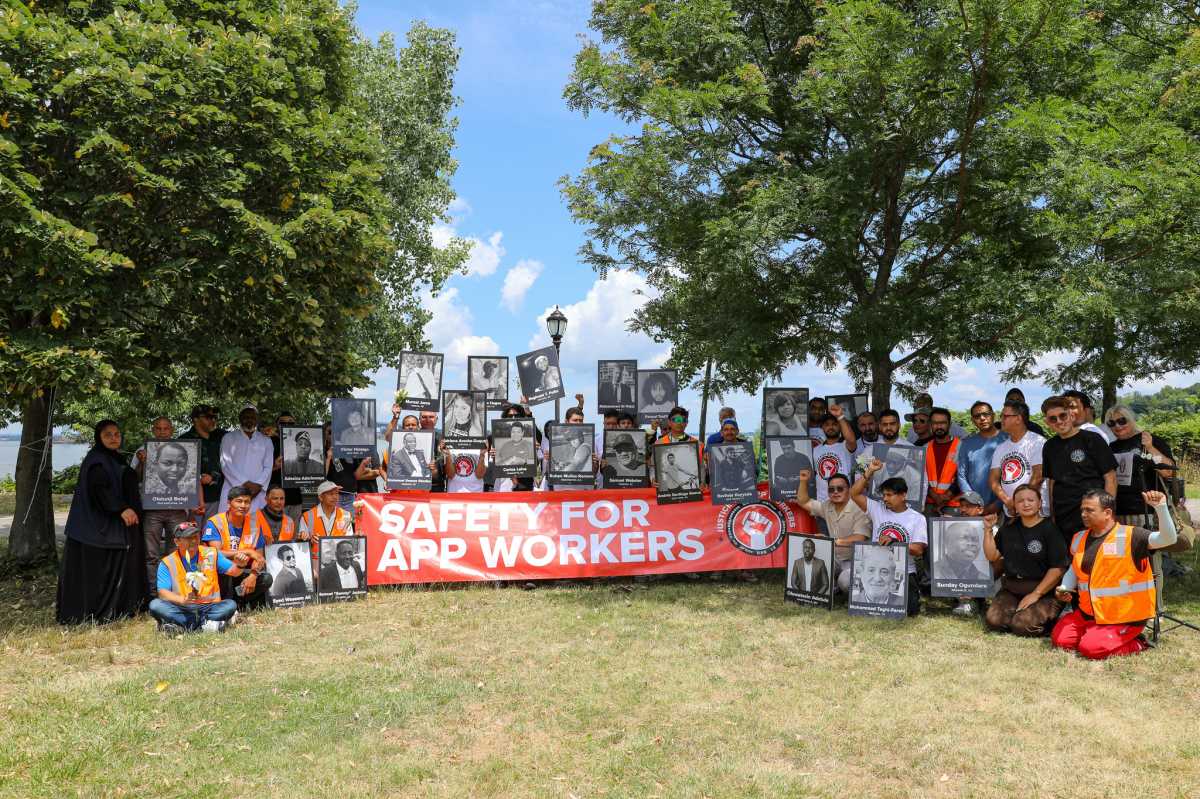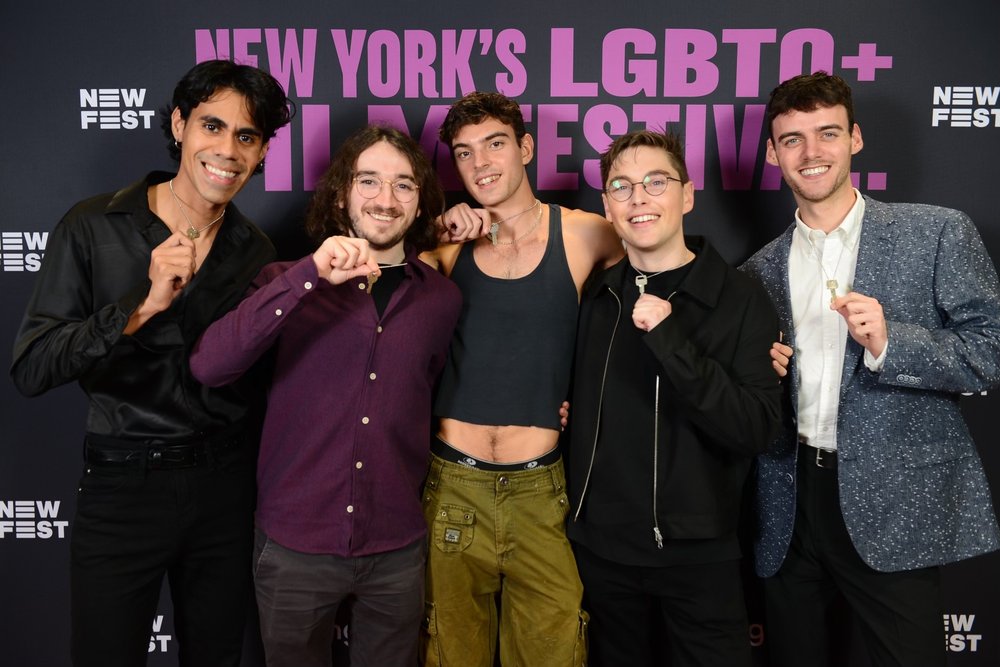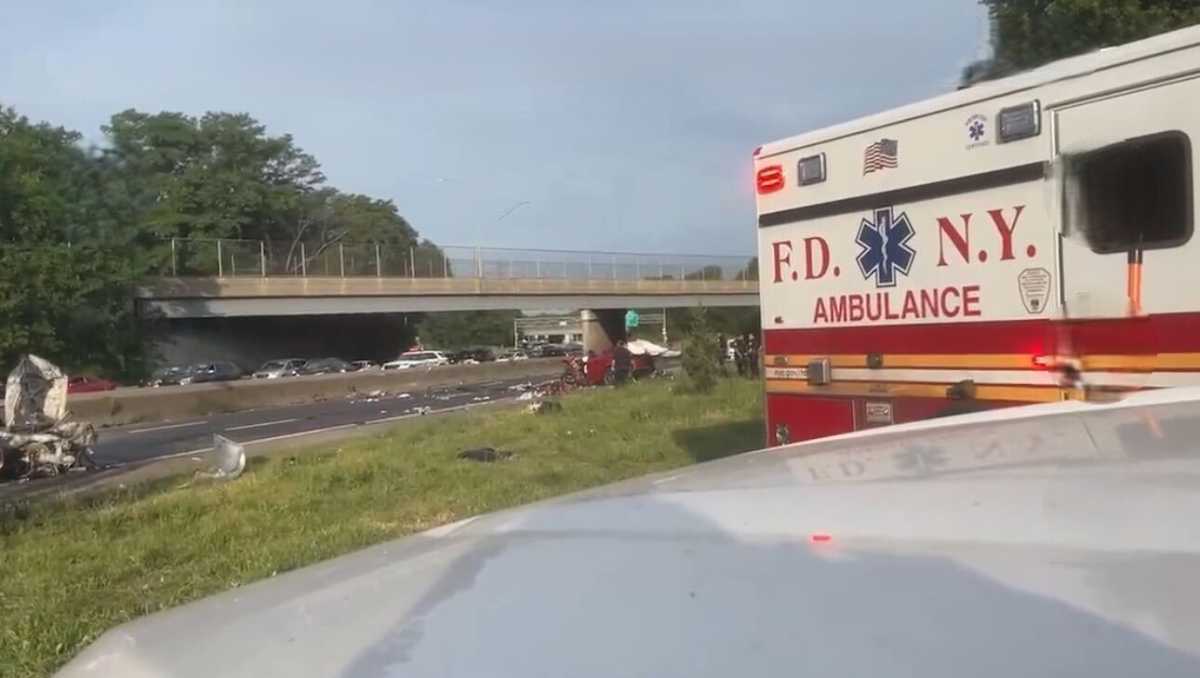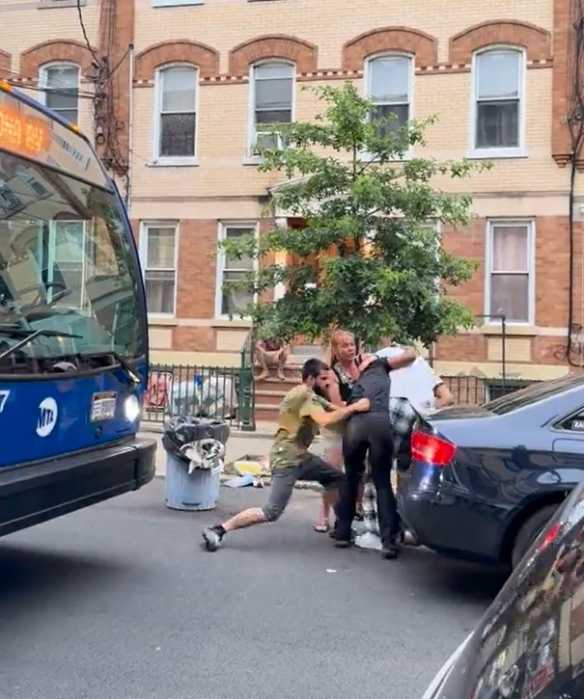By Josh Rogers
Lower Manhattan residents and business people know they will be next to one of the world’s greatest construction areas for the next decade, but many say there is now a sense of optimism as redevelopment plans — which have been the subject of countless debates since September 2001 – begin to be implemented in 2004.
For the first time since 9/11, the World Trade Center site returned to one of its original uses in when a temporary PATH commuter station opened in November. Since then, three designs for the site were unveiled – the Freedom Tower, the Reflecting Absence memorial to honor the 3,000 killed in 2001 and in the 1993 W.T.C. bombing, and the permanent commuter-subway station. Preliminary construction work is expected to begin for the first two projects this year and early in 2005 on the third.
“We are now moving from envisioning into reality,” said Kevin Rampe, president of the Lower Manhattan Development Corporation, the state-city agency managing the rebuilding with the Port Authority of New York and New Jersey, which owns the land.
A recent poll of residents living south of 14th St. conducted by Pace University showed that 76 percent of Downtown residents expect to be living Downtown five years from now compared to 58 percent of the New York City residents who anticipate staying in their neighborhood until 2009. Even in three of the neighborhoods closest to the W.T.C., Battery Park City the Financial District and the Seaport, 72 percent said they want to stay – even though many will be facing steep rent hikes as the post-9/11 federally-funded residential incentive grants are ending.
There is perhaps an even clearer sense of optimism in the Downtown business community. Kathryn Wylde, president of the Partnership of New York City, which includes C.E.O.’s of the city’s largest firms, said the PATH reopening by the Port Authority was the clear turning point. A year ago, Wylde and the heads of Lower Manhattan’s largest firms wrote a memo saying the rebuilding plans seemed mired in indecision and that Wall Street’s place as the country’s third largest business district after Midtown and Chicago’s Loop was in jeopardy.
In response, Gov. George Pataki released a comprehensive set of deadlines last April on large long-term projects such as rebuilding better transit hubs at the W.T.C. and at Fulton St., and on short-term measures such as improvements to parks throughout Lower Manhattan and measures to make it easier and more pleasant for pedestrians to navigate Lower Manhattan’s security barriers and street construction zones.
Wylde said Pataki’s April speech gave government a needed sense of urgency. “The governor’s timeline was huge,” she said. “It meant that all of these agencies had to read from the same script.” Almost every deadline so far has been reached.
Julie Menin, who lives Downtown and founded Wall Street Rising to help small businesses recover from 9/11, agreed things were developing well.
“Santiago Calatrava’s station is going to be tremendous for Downtown and the addition of cultural centers is so important for the neighborhood,” Menin said in reference to the widely-praised W.T.C. train station design by Calatrava, a prominent Spanish architect. Three museum-performance space buildings are planned near the memorial, a large 9/11 interpretive center will be underneath, and the L.M.D.C. is also studying opening a cultural center in Chinatown.
Menin, who gave birth to her first child last year, said she is worried about living through 10 years of construction. She hopes planners take the recommendations Community Board 1 made to minimize the construction effects.
“It’s a balancing act,” said Menin, a member of C.B. 1. “We want the development to go forward, but it has to be done in a way that is sensitive to the community. Obviously, there is going to be significant disruption to Downtown.”
The reflecting pool memorial design at the Twin Tower footprints by Michael Arad, an architect who used to work for the city Housing Authority, was selected by a 13-member jury in January after Arad teamed up with landscape architect Peter Walker and added more trees to the plan.
Menin, the only Downtown resident on the jury, and other jurors have said adding groves of trees and creating a large area for W.T.C. artifacts underneath the memorial were key adjustments that led to the selection of Arad. She said more adjustments are needed, particularly to the 18-foot wall along West St., which will block direct entry to the memorial for residents and others coming from Battery Park City.
“It really provides an obstacle on West St.,” she said. “It’s not something the jury contemplated when we selected the design.”
L.M.D.C. officials are working with Arad and they are hoping to make adjustments to the design to allow some access to the memorial along West St.
One of the most difficult issues with respect to the memorial has been how to list the names. Arad has proposed placing the insignia shield next to the name of the uniformed officers killed in the attack. The names would be listed in a continuous ribbon around a curtain of water that would flow around voids at the tower’s footprints. They would be listed randomly.
Norene Sullivan, whose brother, 38, died on 9/11 while attending his weekly breakfast meeting at Windows on the World, said she likes many aspects to Arad’s design, but she hopes there is a change to the way the names are listed.
Although some family members of non-uniform officers have raised objections to the insignias because they feel it makes the lives seem more valuable than others, Sullivan said it would be fine with her as long as there could be information about each victim. Of the firefighters and police officers who died, she said: “It was a heroic act. It absolutely needs to be said. On the other side, you need to identify who the others were as well.”
She hopes that next to Thomas Sullivan it would either say her brother worked for the New York Stock Exchange (as a trader) or that he was eating at Windows when he died.
Her brother’s remains were never found which makes the memorial even more significant, she said. “I don’t have a cemetery to go to,” Sullivan said. “This is it for me.”
The memorial will cost $350 million to build – about half of which will be subsurface stabilization and infrastructure work such as making sure the “bathtub” slurry wall, which protects the site from the Hudson River, is secure. A mix of private and public funds will finance the design and a foundation is expected to be set up later this year to raise money.
Sullivan said she likes the rest of the design because the two voids will convey the feeling of loss while the trees will ensure that the area is not too stark.
“You want something that is peaceful, but you want something that is – I don’t know if I want to say pleasant,” she said. “It can never be pleasant but you don’t want something to horrify you.”
Josh@DowntownExpress.com
Reader Services















